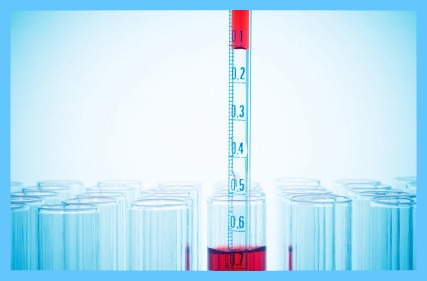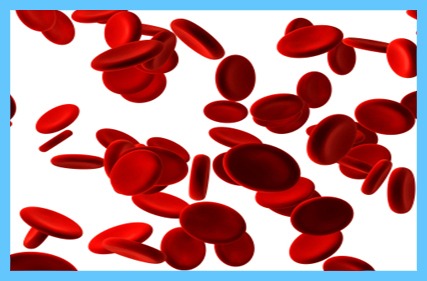(CBC) Complete Blood Count is an automated count of the cells in the blood including:
- number of white blood cells (WBC)
- number of red blood cells (RBC)
- hemoglobin content (Hgb)
- hematocrit (Hct)
- mean corpuscular volume (MCV)
- mean corpuscular hemoglobin (MCH)
- mean corpuscular hemoglobin concentration (MCHC)
- platelet count and volume


What is the Purpose of a CBC?
There are several reasons why medical professionals may recommend a person receive a CBC. First, CBCs supply important information relating to overall patient health. Second, CBCs can help identify certain medical conditions. Symptoms like fatigue, fever, or inflammation can be caused by a number of medical issues; CBCs help medical professionals diagnose them. Third, if you already have a preexisting condition, CBCs monitor both the condition and the progress of any treatment you’re receiving.
CBCs also test for a wide array of issues, such as leukemia, anemia, and various infections.
CBC Testing
The results of a CBC can provide information not only about the number of cell types, but it can also give an indication of the size, shape, and some of the physical characteristics of the cells. In addition, a WBC differential (identifies different types of WBCs) may be ordered and can be done on the same instrument or performed manually.
Significant abnormalities in one or more of the cell populations may require visual confirmation by observing a blood smear under a microscope. In this test, a drop of blood is placed on a glass slide, smeared into a thin layer, allowed to dry, and then dyed with a special stain. A Clinical Laboratory Scientist can then evaluate the physical characteristics of the red and white blood cells present. Any additional information is noted and reported to the doctor.
Blood consists of cells suspended in a liquid called plasma. These cells – the RBCs, WBCs, and platelets –– are produced and mature primarily in the bone marrow. Under normal circumstances, they are released into the bloodstream as needed.
How is the Sample Collected for Testing?
The CBC is performed on a blood test sample taken by a needle placed in a vein in the arm or by a fingerstick (for children and adults) or heelstick (for infants). CBC testing is simple and painless.
Is any test preparation needed to ensure the quality of the sample?
No test preparation is needed.
CBC Test Results
Most tests are completed and reported within 24 hours of receiving the sample for testing. Depending on the nature of the test though, it may take longer to receive your test results –– sometimes several days.
White Blood Cells (WBCs)
There are five different types of WBCs that the body uses to maintain a healthy state and to fight infections or other causes of injury. They are neutrophils, lymphocytes, basophils, eosinophils, and monocytes. They are present in the blood at relatively stable percentages. These numbers may temporarily shift higher or lower depending on what is going on in the body. For instance, an infection can stimulate a higher concentration of neutrophils (a “shift to the left”) to fight off bacterial infection. With allergies, there may be an increased number of eosinophils that release certain chemicals (anti-histamines) that minimize the allergic effect. Lymphocytes may be stimulated to produce immunoglobulins (antibodies). And in certain disease states, such as leukemia, abnormal and immature white cells (blasts) rapidly multiply, increasing the WBC count.
Red Blood Cells (RBCs)
RBCs are pale red in color and shaped like a donut with a thinner section in the middle instead of a hole. They have hemoglobin inside them, a protein that transports oxygen throughout the body. The CBC determines whether there are sufficient RBCs present and whether the population of RBCs appears to be normal. RBCs are normally all the same size and shape; however, variations can occur with vitamin B12 and folate deficiencies, iron deficiency, and with a variety of other conditions. If there are insufficient normal RBCs present, the patient is said to have anemia and may have symptoms such as fatigue and weakness. Much less frequently, there may be too many RBCs in the blood (erythrocytosis or polycythemia). In extreme cases, this can interfere with the flow of blood through the veins and arteries.
Platelets
Platelets are special cell fragments that play an important role in blood clotting. If a patient does not have enough platelets, they will be at an increased risk of excessive bleeding and bruising. The CBC measures the number and size of platelets present. With some conditions and in some people, there may be giant platelets or platelet clumps that are difficult for the hematology instrument to accurately measure. In this case, a blood smear test may be necessary.
